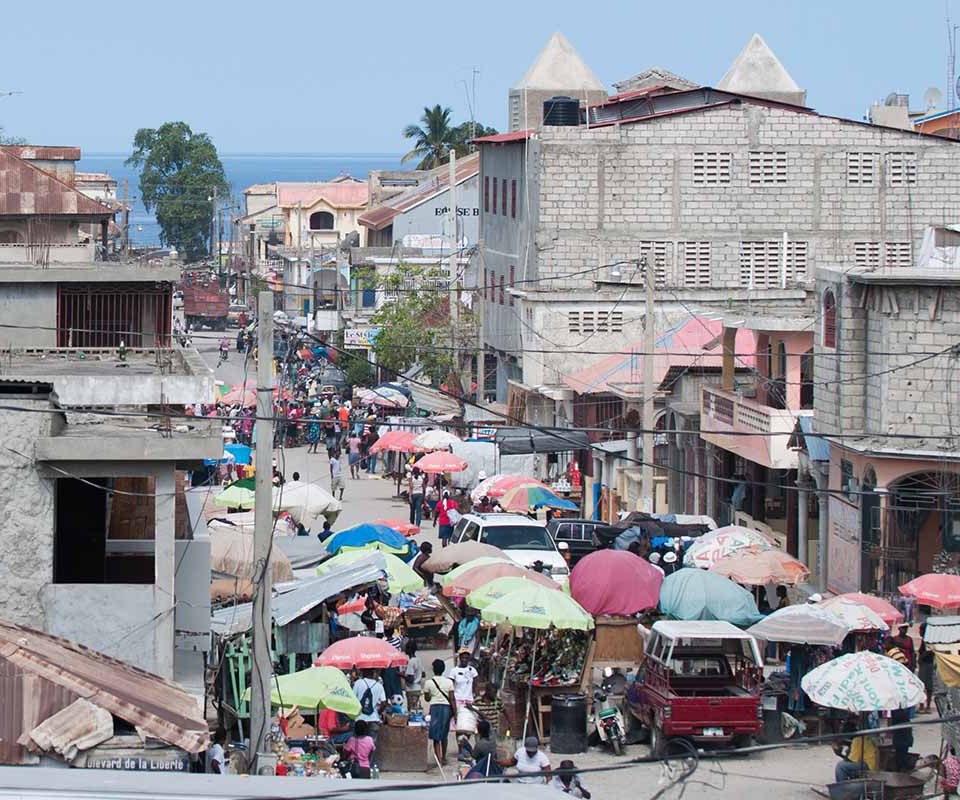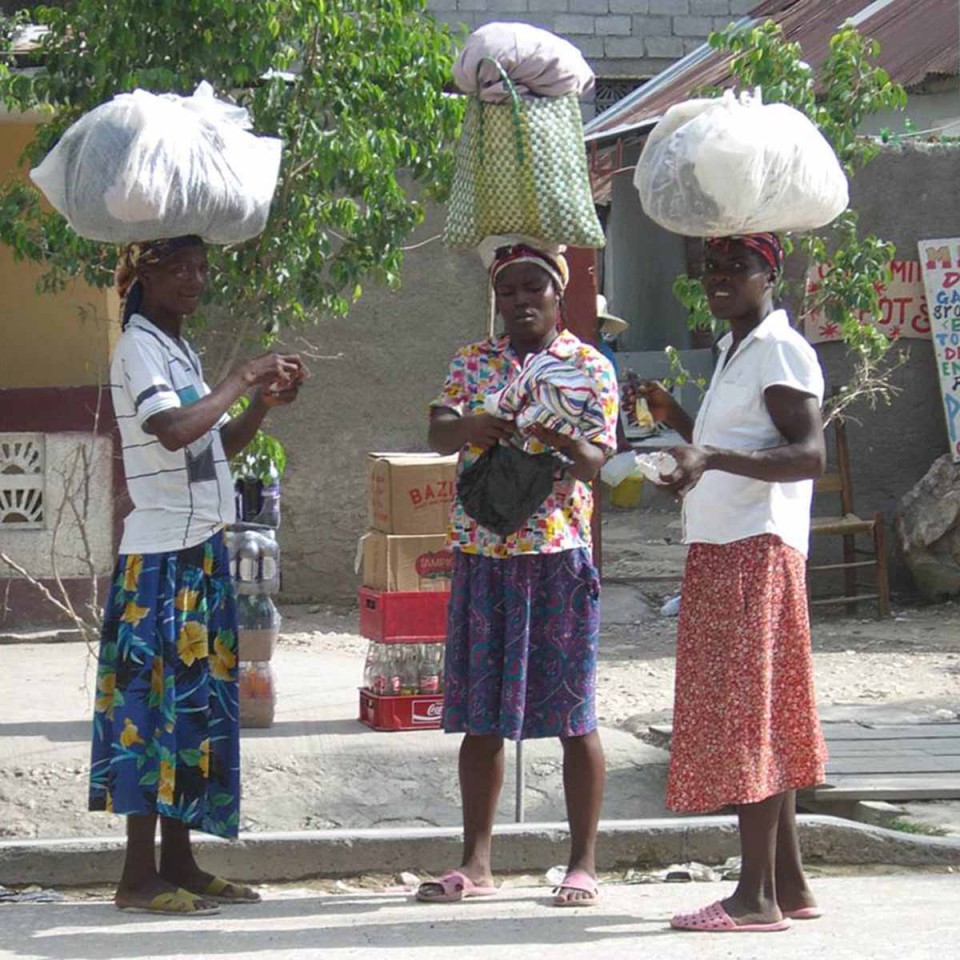Learn About Haiti
The nation of Haiti is approximately the size of Maryland and shares the island of Hispaniola with the Dominican Republic in the Caribbean Sea.
Our vision was conceived more than 20 years ago when Dr. Rodrigue Mortel, a Haitian native, was moved to respond to the country’s devasting situation. The people of Haiti were struggling, children were dying, the economy was unstable, and resources were limited. Although circumstances have improved over the last 20 years, current statistics offer a glimpse into the country’s desperate reality:
- Haiti is the poorest country in the western hemisphere and one of the poorest in the world [1]
- 59% of the population falls below the poverty line [2]
- Poverty is widespread, with nearly two-thirds of the population living on less than $2 a day [3]
- Some 40 percent of the population is food insecure, contributing to high rates of malnutrition among children. [3]
- 2/3 of the country is agriculture land, but Haiti does not produce enough food for its people [1]


Why did we choose to Cultiv8 Haiti through education?
Most Haitians have extremely limited access to a quality education and technical training.
Furthermore…The majority of primary schools in Haiti are non-public [4] and tuition for these schools can be prohibitively expensive for average families. As a result, half of the public sector teachers in Haiti lack basic qualifications and primary school enrollment is around 75% [4]
Therefore:
- The average Haitian over the age of 25 has less than 5 years of schooling [4]
- 30% of children in primary school will not make it to 3rd grade [5]
- 60% of children will abandon school before 6th grade [5]
- 75% of children at the end of 1st grade and nearly half of students finishing second grade cannot read a single word [4]
- Half of the adult population is illiterate [4]
Learn about what we are doing to Cultiv8 Haiti and improve these statistics.